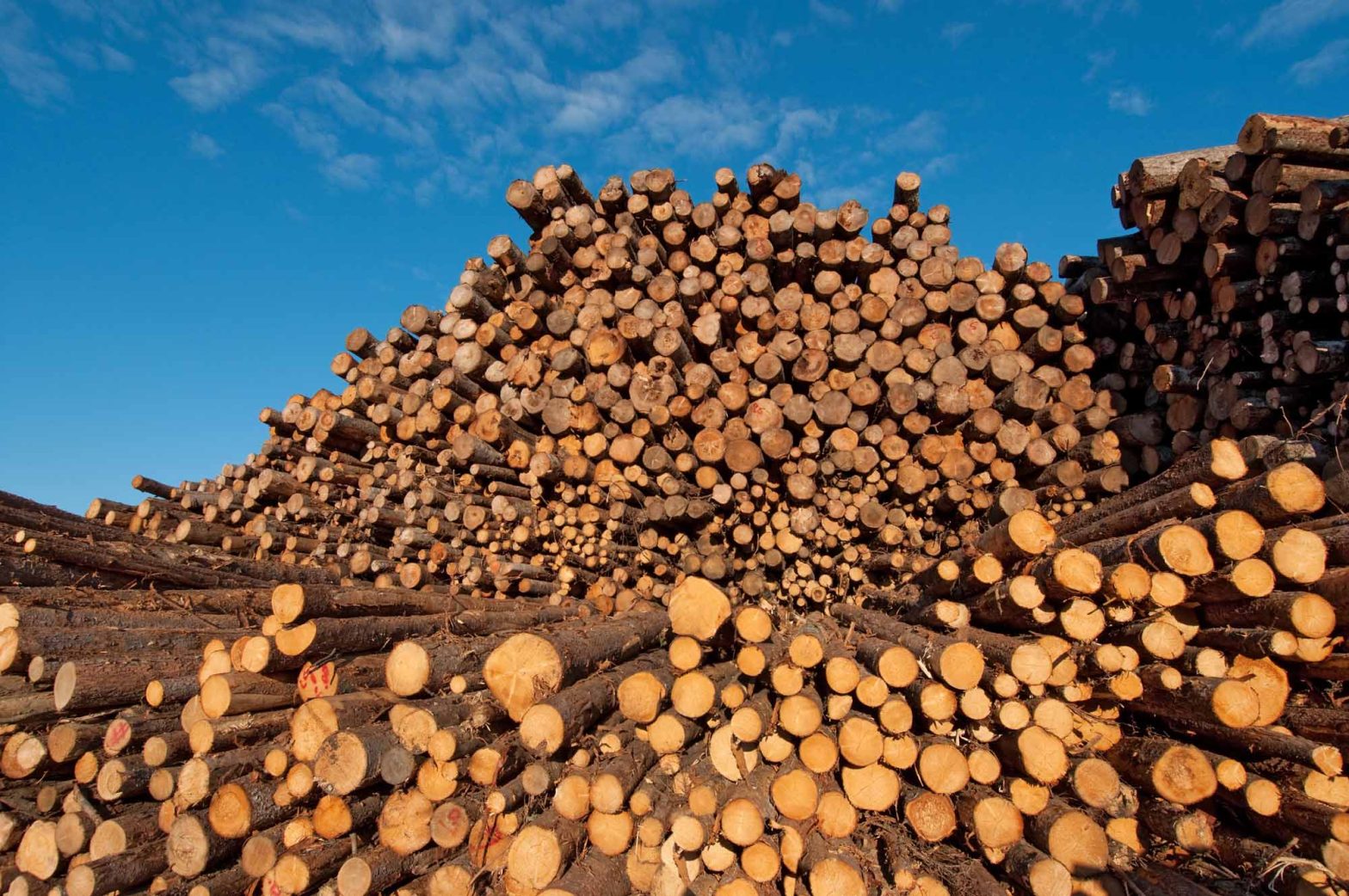
The Connection Between Science and Lumber Products in Canada
Relationship between climate change and lumber products
There is a close relationship between climate change and lumber products. As temperatures rise and weather patterns become more extreme, the lumber industry will be increasingly challenged to produce the same quality and quantity of products.
Higher temperatures and decreased rainfall will cause trees to grow more slowly, meaning that lumber companies will need to use more expensive and time-consuming production methods. In addition, extreme weather conditions can also damage trees, leading to a loss in wood quality and a higher cost of lumber.
Thus, climate change will significantly impact the production of lumber products.
The connection between scientific research with forest managers’ decision
On the one hand, scientific research provides information that managers can use to make informed decisions about the management of forests.
One way that scientific research can help managers make informed decisions is by providing information about the impacts of various types of forest management on ecosystems and species. For example, research may show that certain logging or grazing types negatively impact ecosystem health or biodiversity.
In addition, research can help managers understand the natural patterns of growth and decline in forests. This information can be used to predict how forests will respond to different types of management interventions.
For example, knowledge about how stands age and decline can help managers make better decisions about when to harvest timber or clear land for agriculture.


